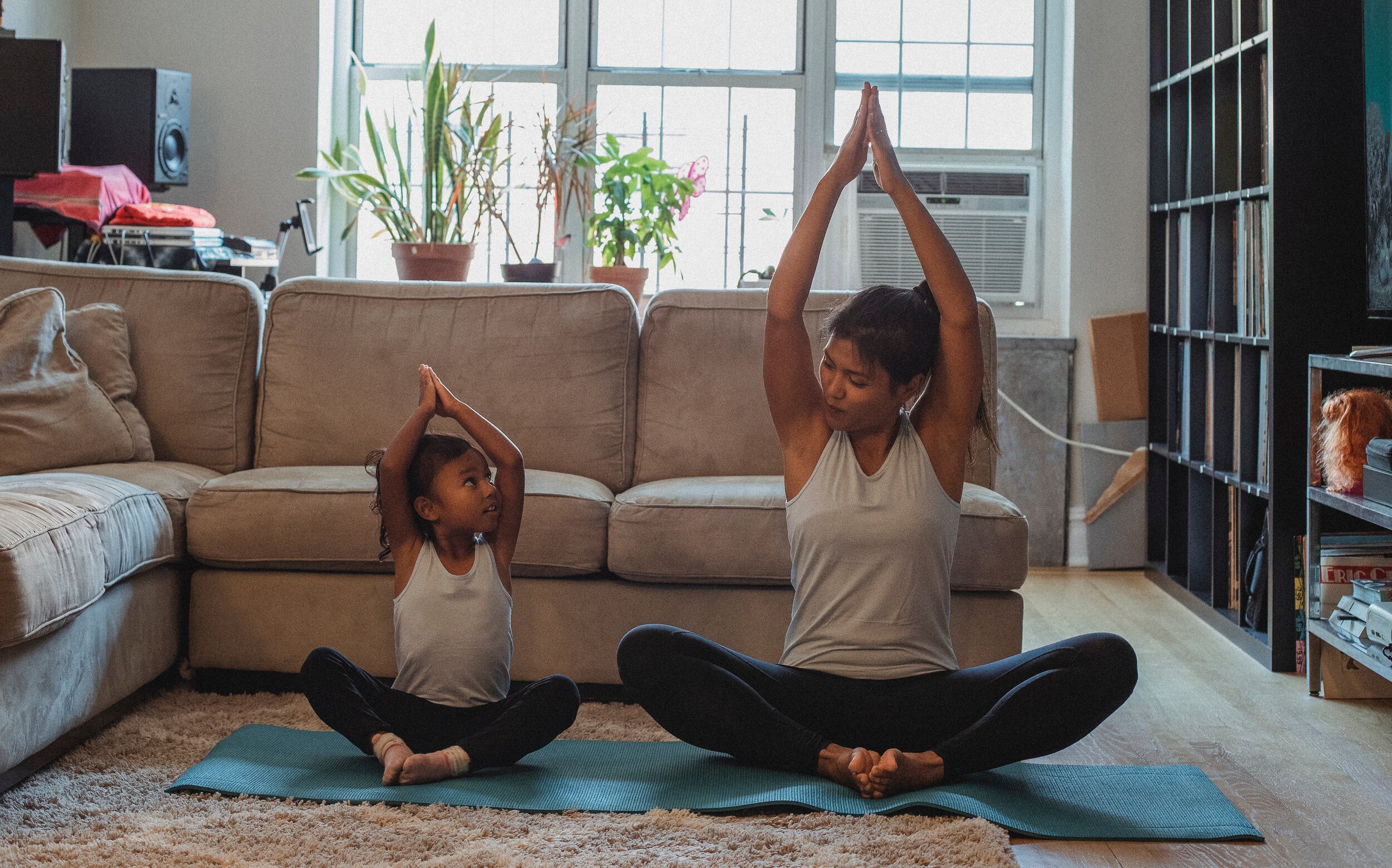Author: Kimberly “Kimi” Ramos, Executive Assistant Director
What is physical activity and how much should children be getting?
Physical activity is any type of movement and includes, but is not limited to, playing sports, walking, playing, and stretching. The World Health Organization (WHO) provides guidelines on physical activity to promote overall health and well-being. Children ages 3-4 should be active throughout the day, receiving a total of 180 minutes a day of physical activity. Of those 3 hours, 1 hour should be of moderate to vigorous-intensity exercise. School-age children (ages 5-17) are instructed to participate in at least 60 minutes a day of moderate to vigorous-intensity physical activity. Activities that strengthen muscles, such as doing push-ups or climbing, as well as activities that target bone strength, like jumping or running, should be included in this regimen at least 3 days per week.
As a result of school closures and physical distancing measures brought upon by COVID-19, meeting these physical activity guidelines has been difficult for children and their families. Consequently, physical inactivity puts children at risk for developing heart disease, obesity, diabetes, and mental health issues.
“Because the opportunities to be physically active seem to be more restricted, it is even more important to plan in every day the ways to be active and to reduce the time spent sitting for long periods. Put simply, it is a critical time to ensure we all move more and sit less. ”
How can I help my child get active?
Now more than ever it is critical to establish routines and behaviors that will keep children happy, healthy, and active. Below are recommendations to promote healthy movement habits for your children at home:
Incorporate physical activity into the daily routine.
Use electronic media, such as workout videos, dance music playlists, and more to encourage movement. For example, use the site Build Your Best Day with your child to create a schedule of fun and imaginative movement activities and to educate them on the importance of being active throughout the day. Set a time for the entire family to get involved— everyone benefits from movement.
2. create your own games at home.
Play-based activities like an obstacle course consisting of household objects are not only exciting, but help your child develop skills such as throwing, catching, kicking, posture and balance. In addition, incorporate running, skipping and jumping so children will get out of breath. These higher intensity actions promote healthy lungs, reducing the risk of developing respiratory diseases.
3. Break up extended periods of sitting.
Extended periods of sitting should be broken up every 30–60 minutes. Do a set of 20 jumping jacks every commercial break. Use a timer to remind your child to move every hour. Encourage them to stand up, stretch, or walk around for five minutes. GoNoodle on Youtube offers a multitude of brain and movement break videos that will surely get your child pumped.
4. Spend time outdoors.
Being confined at home poses the risk of Vitamin D deficiency. If your local guidelines allow it, get active outside. Take your child on walks, do free-play at the park, or teach them a new sport. Remember to do so safely by staying 6 feet apart from individuals outside of your household.
5. Limit screen time.
Children ages 3-4 are recommended to engage in no more than 1 hour of sedentary screen time while children ages 5-17 should have no more than 2 hours. If your child cannot get enough of the screen, opt for co-viewing, or watching something together. Co-viewing shows and cartoons with younger children provides opportunities for learning and bonding. Also, consider how screen time can interfere with high-quality sleep. Keep devices out of your child’s room as they sleep and avoid screen use before bedtime.
6. Talk about COVID-19 with your child.
Your child may not understand why everyday life looks differently now and as a result, may have difficulty adjusting to restrictions and limitations brought upon by the lockdown. It is important to talk with them honestly and directly about COVID-19. Read our previous blog post for helpful tips on how to do so.
7. Sign up for online activity classes.
Enroll your child in one MAGIC’s online movement classes. In our 30-minute long classes, children develop fundamental movement skills and build social relationships.
For more resources on how to promote healthy movement habits, visit
Physical Activity Guidelines special considerations for children and adults with disabilities (CDC):
https://health.gov/sites/default/files/2019-09/Physical_Activity_Guidelines_2nd_edition.pdf#page=53
Indoor play ideas to stimulate young children at home (UNICEF):
https://www.unicef.org/parenting/coronavirus-covid-19-guide-parents/indoor-play-ideas-stimulate-young-children-homeHow to keep your child safe online while stuck at home during the COVID-19 outbreak (UNICEF):
https://www.unicef.org/coronavirus/keep-your-child-safe-online-at-home-covid-19
Sources
Guan, Hongyan, Okely, Anthony D, Aguilar-Farias, Nicolas, Del Pozo Cruz, Borja, Draper, Catherine E, El Hamdouchi, Asmaa, Florindo, Alex A, Jáuregui, Alejandra, Katzmarzyk, Peter T, Kontsevaya, Anna, Löf, Marie, Park, Wonsoon, Reilly, John J, Sharma, Deepika, Tremblay, Mark S, & Veldman, Sanne L C. (2020). Promoting healthy movement behaviours among children during the COVID-19 pandemic. The Lancet Child & Adolescent Health, 4(6), 416–418. https://doi.org/10.1016/S2352-4642(20)30131-0
World Health Organization. (2019). Guidelines on physical activity, sedentary behaviour and sleep for children under 5 years of age: summary. World Health Organization. https://apps.who.int/iris/handle/10665/325147. License: CC BY-NC-SA 3.0 IGO










